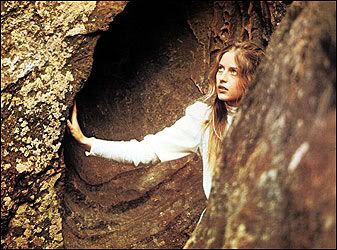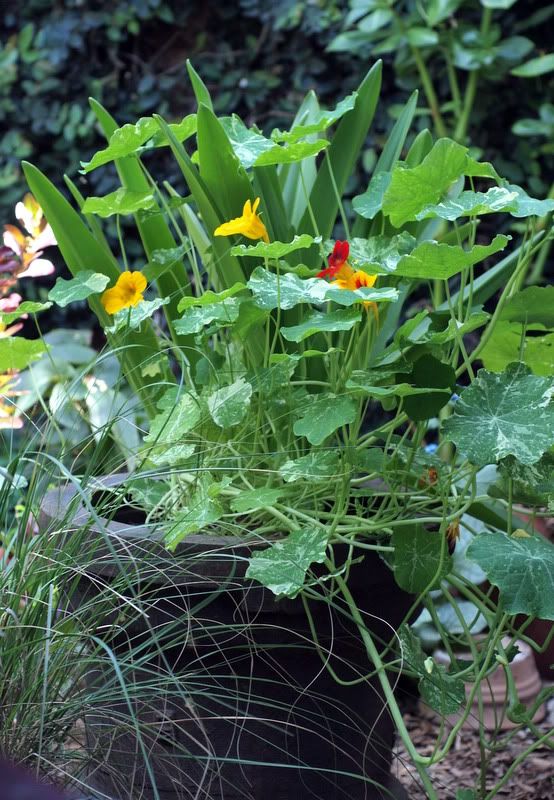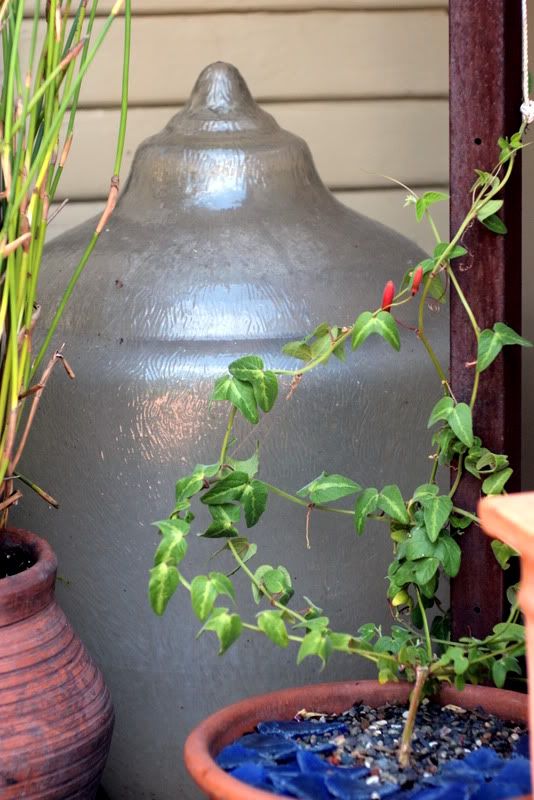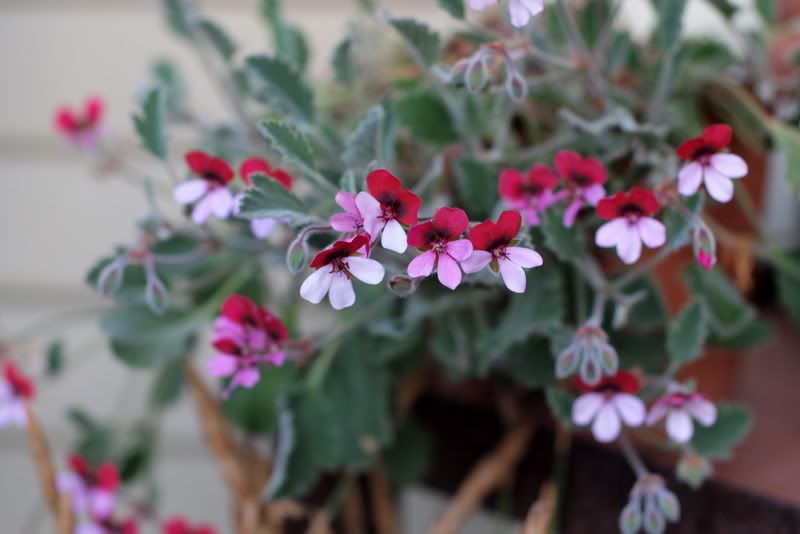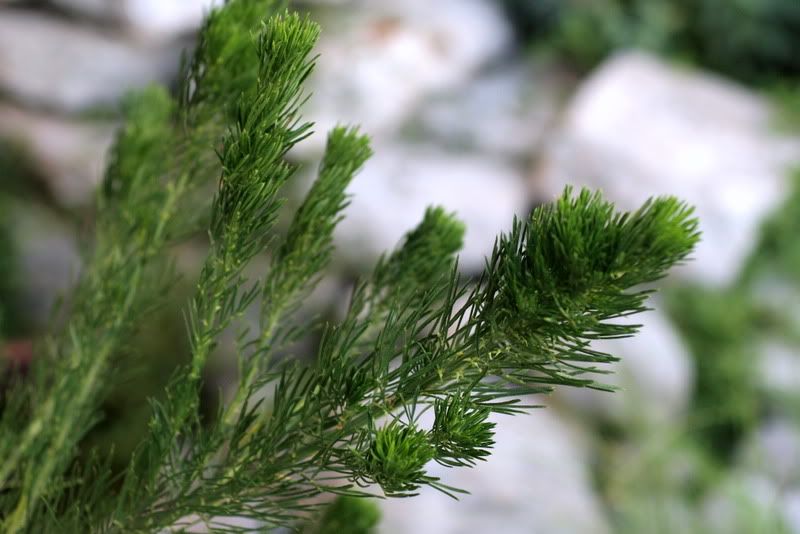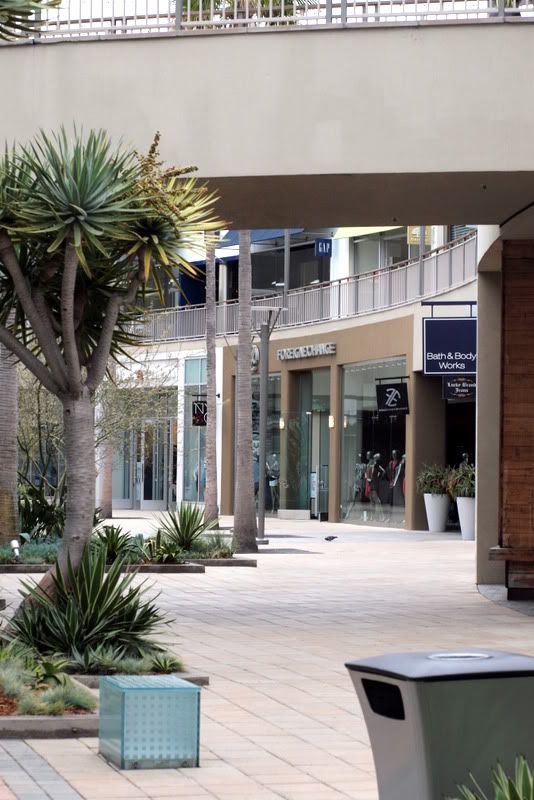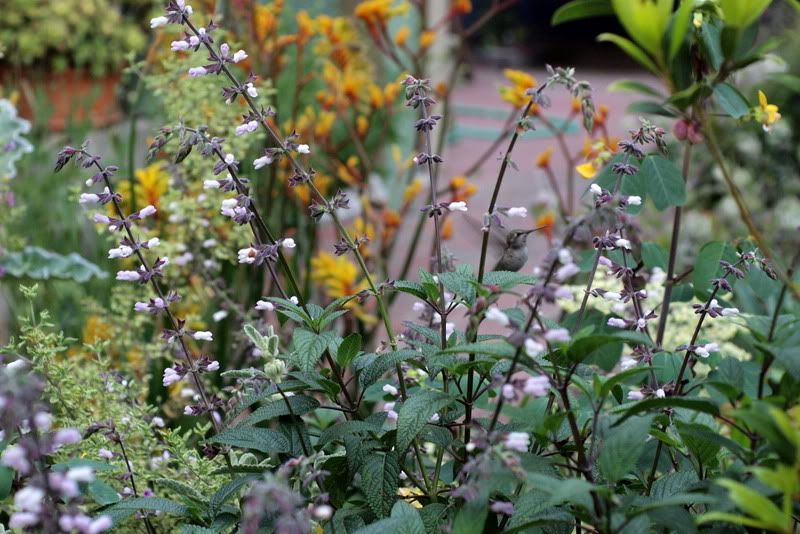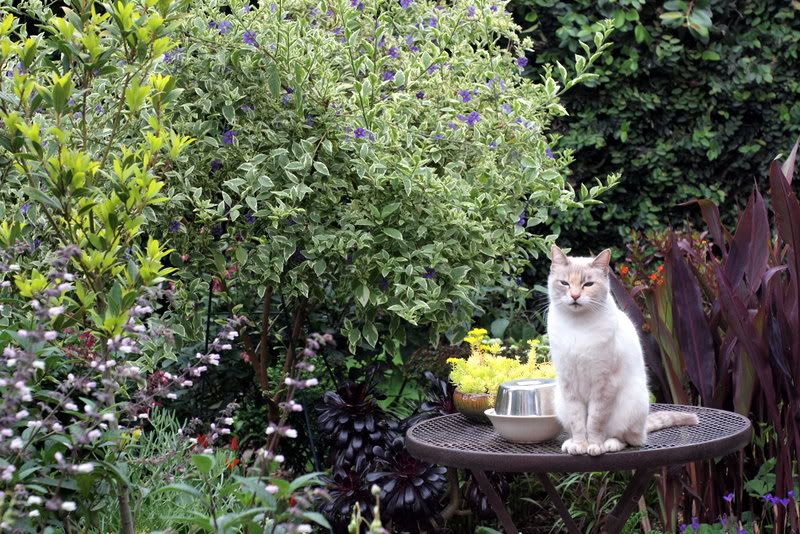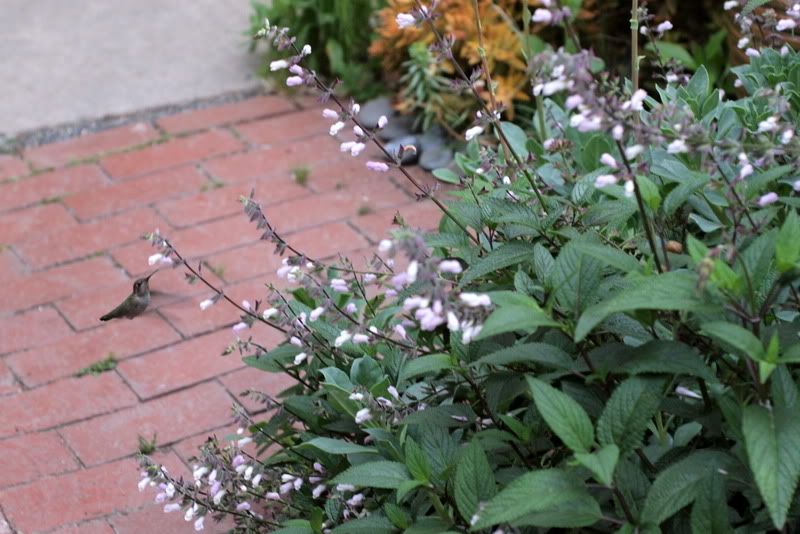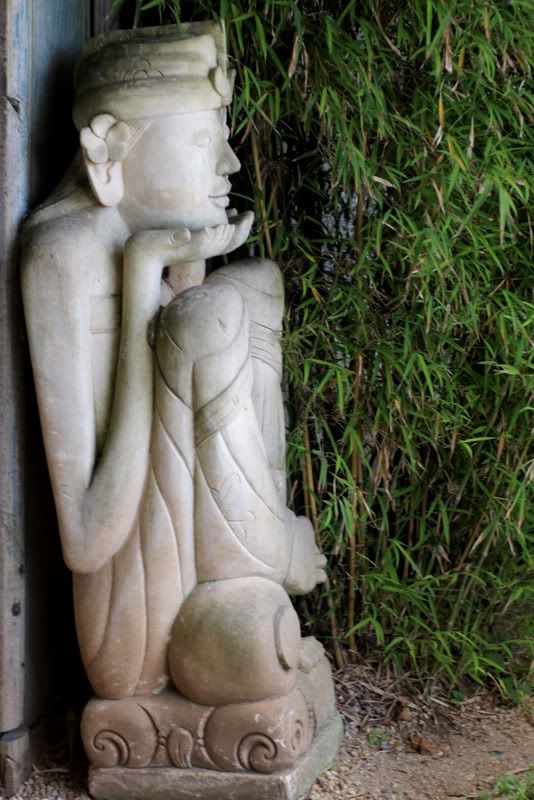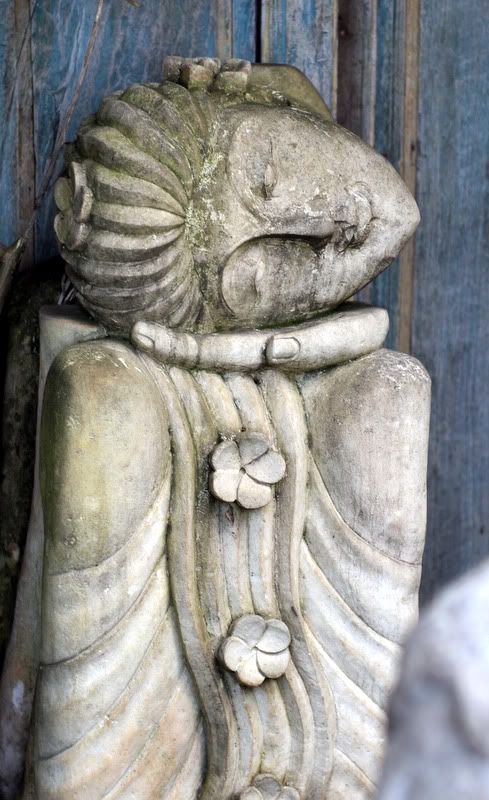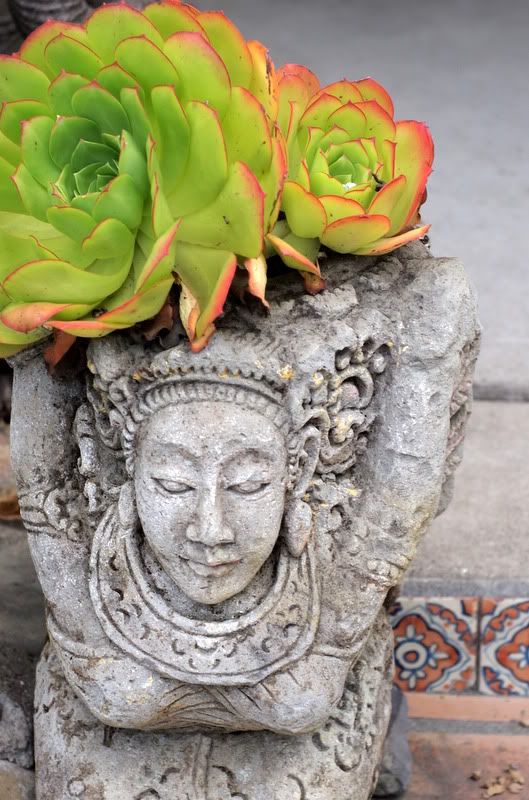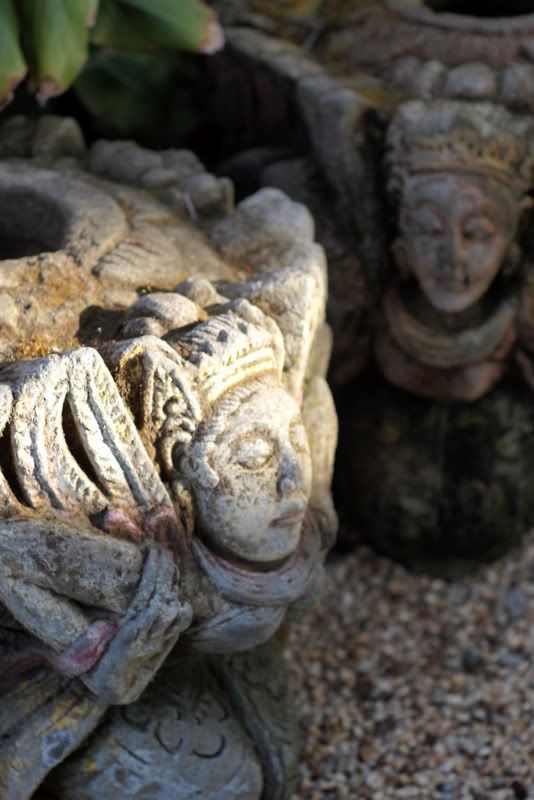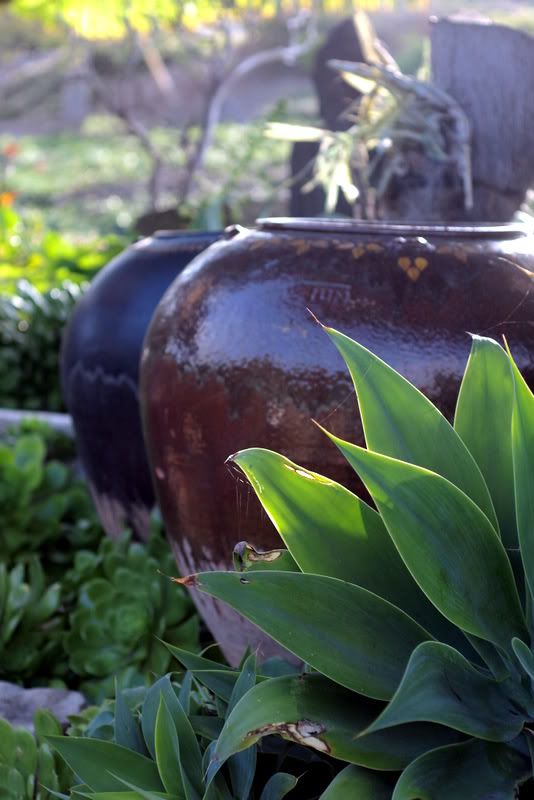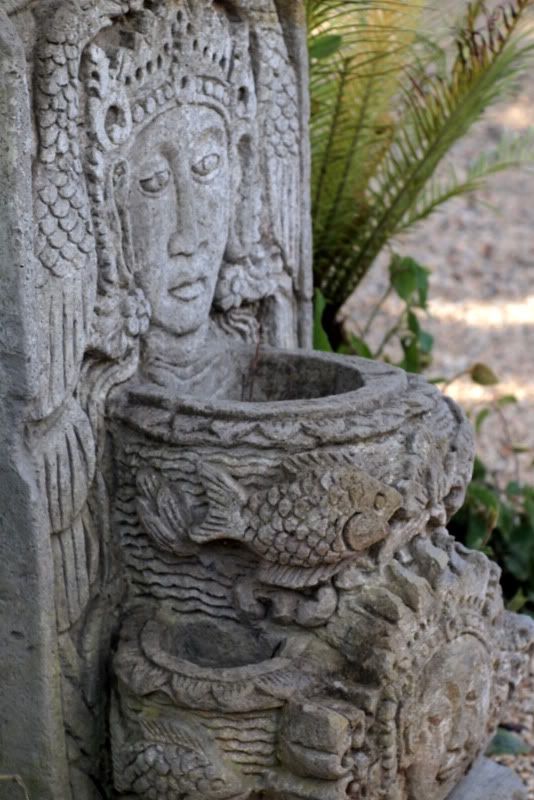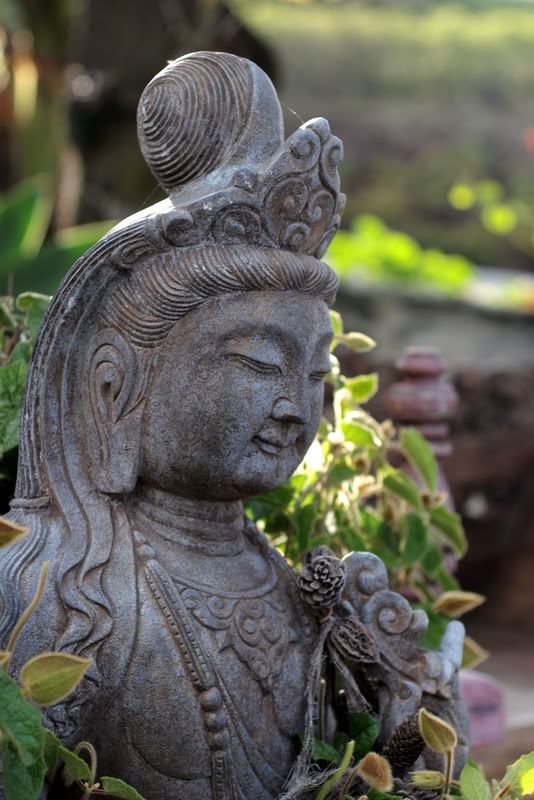Anyone else curious enough about “The Runaways” movie last year, based on the eponymous, all-girl, Los Angeles-based band of the mid ’70s, to see it in a theater?
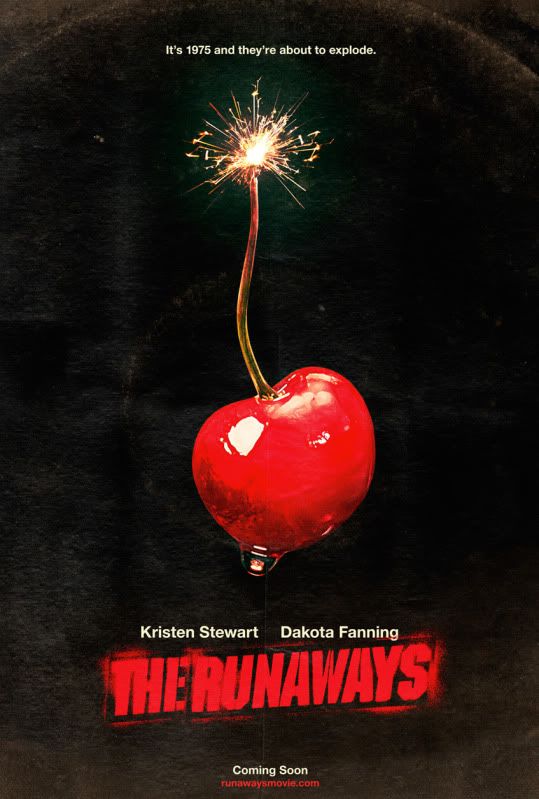
Cherry Bomb was their big radio hit, Joan Jett the post-Runaways star. I’d almost forgotten about the band, which wasn’t at all a favorite musically, but an all-girl group was definitely an attention-getter in that pre-Madonna/Lady Gaga moment in music. As the movie documents, the band was the cynical creation of a hard-boiled huckster, a gimmicky concept band which was jarringly out of place in the midst of the earnest DIY punk explosion alongside such great seminal LA bands as Black Flag and X (whose searing performances were captured by Penelope Spheeris in her documentaryThe Decline of Western Civilization, unfortunately still unavailable from Netflix). But I was hoping the movie would at least serve as a nostalgia trip, with fastidious set recreations of the Whiskey and the Troubador clubs, maybe cleverly inserted footage of some of the other bands playing at that time. Disappointingly, that wasn’t the case, but the two lead actresses worked hard to portray the jail-bait, punk Eliza Doolittles. (In reference to George B. Shaw’s Pygmalion heroine, not the young English pop singer. I hate it when what were once-enduring cultural references get muddied and have to be explained.)
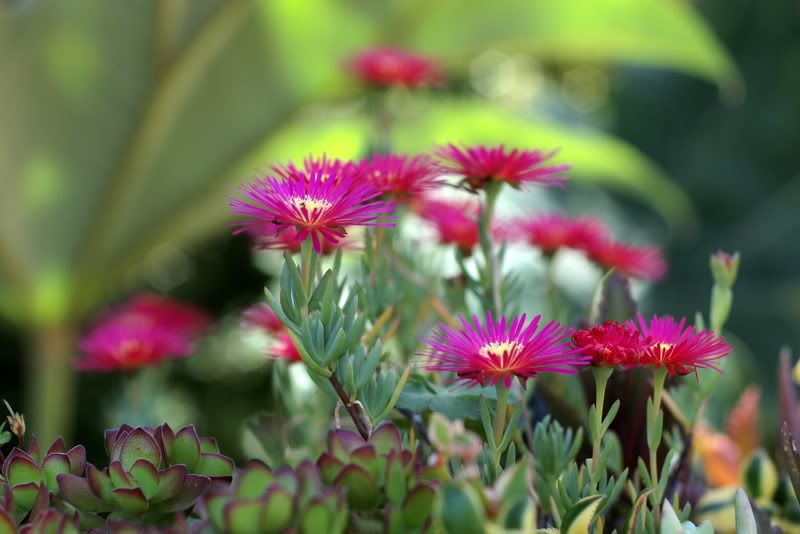
A ‘Cherry Bomb’ I do like is this lampranthus, which I stuck in one of the succulent baskets hung on tripod stilts last year. Now that it’s blooming, of course, I can’t help but stutter every time I say this iceplant’s name. It’s bombing away, trailing down the sides of the mossed basket with other succulents, which is a possible solution to lack of space for these galloping ground swallowers in climates where they thrive. Might also be something new to try as an annual for summer containers.
Some plants, like some bands, only know a few chords but still manage to communicate immense vitality.

